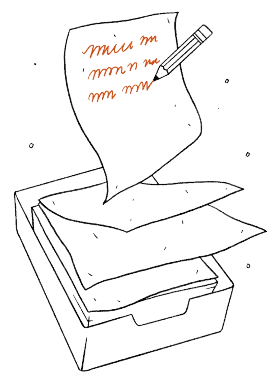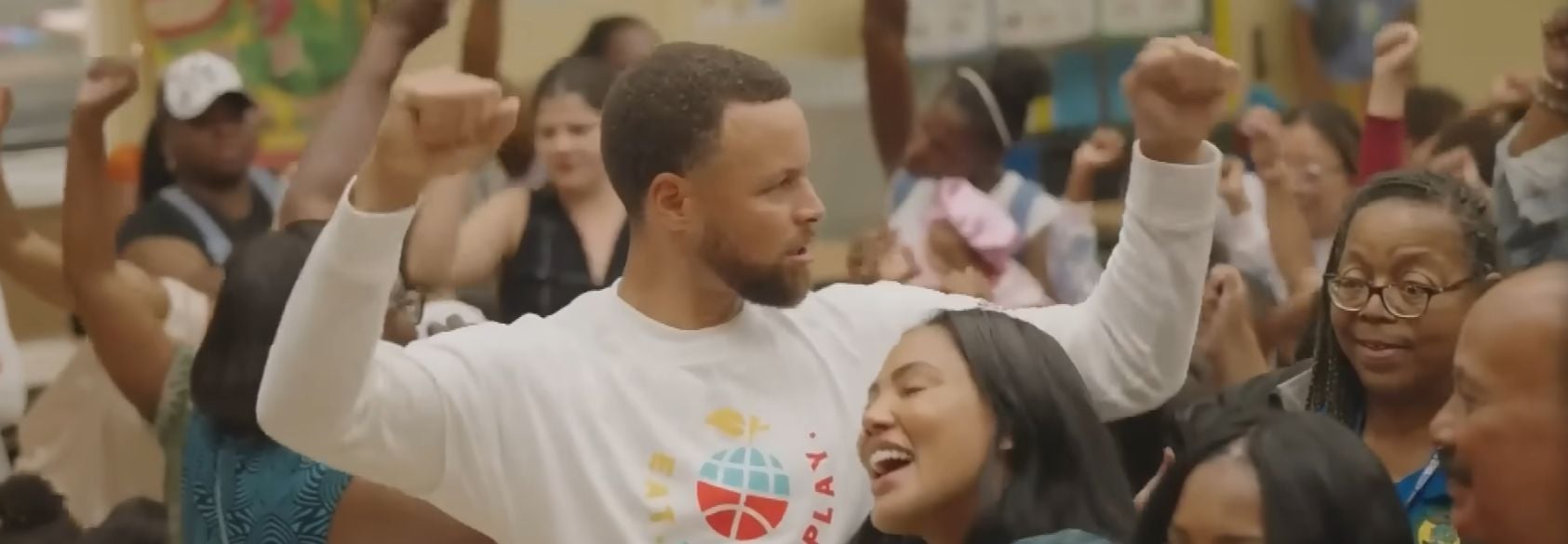Authentic Audiences: Can I Get a “Like” for That?
This is part two of a three- part series explaining how BAM (burning questions, authentic audiences, and millennial skills) are important for engagement in a flexible classroom where the goal is to reach all students.
My 8-year-old son, Oliver, is obsessed with growing his YouTube following. He creates stop-motion video, which is the 2016 equivalent of making those little flip books where the character runs across the page. He wants to share his videos with everyone, and he is not the least bit shy about talking to his audience on his vlog (video blog). He has grown up with a mom who documents everything on Facebook, a sister who loves Instagram, and teachers who enter him in contests and share what he is doing on their Twitter feeds. There is no “fourth wall” between digital natives and their audience.
To most people, this phenomenon is not shocking, and we’ve all adjusted over time to a selfie world. However, teachers and schools tend to pretend that they don’t know this to be true and require students to write or perform for an audience of one—the almighty teacher. Or, for some, sharing class projects can boost the audience to double digits. How can educators ignore the impact social media has had on students, regrettably uncoupling students from their community in the name of education?
In a flexible classroom, one of the essential ways to engage students is to begin with a “burning question.” The second key component is to meet students where they are—in the world arena, what I call “authentic audiences.” Teachers who differentiate for students find ways to give them a voice in the world— a way to communicate their feelings, dreams and desires—all the while showcasing what they have learned. Here are three ways teachers can engage students with authentic audiences:
Publish
Last year after my students completed their memoir assignment, I mentioned to Jodie Meja that she should submit hers to Teen Ink. The next day, she sought me out in the hall to tell me that she’d submitted, “When Life Hands You Lemons” and that it was ranked. Her clear pride made me realize there were other students who would love this opportunity. This year, when we finish our memoirs, I’m going to share Jodie’s writing and encourage others to join her. To date, she has 114 recommendations on Facebook. Teen Ink clearly knows that teenagers love and need this kind of validation. Take a look at its graphic for Jodie’s piece:

I’m looking forward to this year’s memoirs and the chance to persuade students to share what they are feeling via this experience. I know that it will improve everyone’s engagement and learning to have an authentic audience.
Parents
This year, I’m going to be using Seesaw to connect with parents. As much as middle school students act like they are all grown up, you’d be surprised how excited they get when their parents come in for their presentations. However, there are always times when parents can’t be there, so Seesaw is going to help document students’ progress. There are great tutorials to show you how to integrate Seesaw into your daily routine. Though this is primarily a storage hub for student work, parents are notified when their child posts new materials. Just like their kids, parents find it appealing to get a little snippet of their child’s day in their inboxes, as I did here. When I asked Oliver about the app, he thought it was great that you could share it with anyone you wanted, as long as you have the link. Again, in his world, you are supposed to share what you are doing, and when school doesn’t honor that, it does a huge disservice to the student and the learning process.
School Community
If these suggestions seem too high-tech to implement right away, it is totally OK to go “old school”. I was eyeing an empty bulletin board at school today, and it is a perfect way to showcase student work. Elementary teachers do a great job with this, even inviting parents in for art shows and gallery walks, but secondary teachers can highlight student work this way as well. I love this example of middle school students:

When students have ownership over their learning environment—in this case an audience of their peers—they are more engaged and apt to feel connected. This article from WeAreTeachers.com is an excellent resource if you want to get students involved in designing the learning environment.
It is sometimes hard for teachers—myself included—to remember that we might not be the most inspiring audience for our students. I loved school, and I loved getting my papers back, even the ones with just a letter grade on them. But, students today have never operated with that paradigm. There are videos posted of them saying their ABC’s for the first time. Why would we stop them from sharing the amazing things that are happening in our classrooms? When a post about “Game of Thrones” or yet another cat meme can garner hundreds of likes, why limit our students to only our response?













